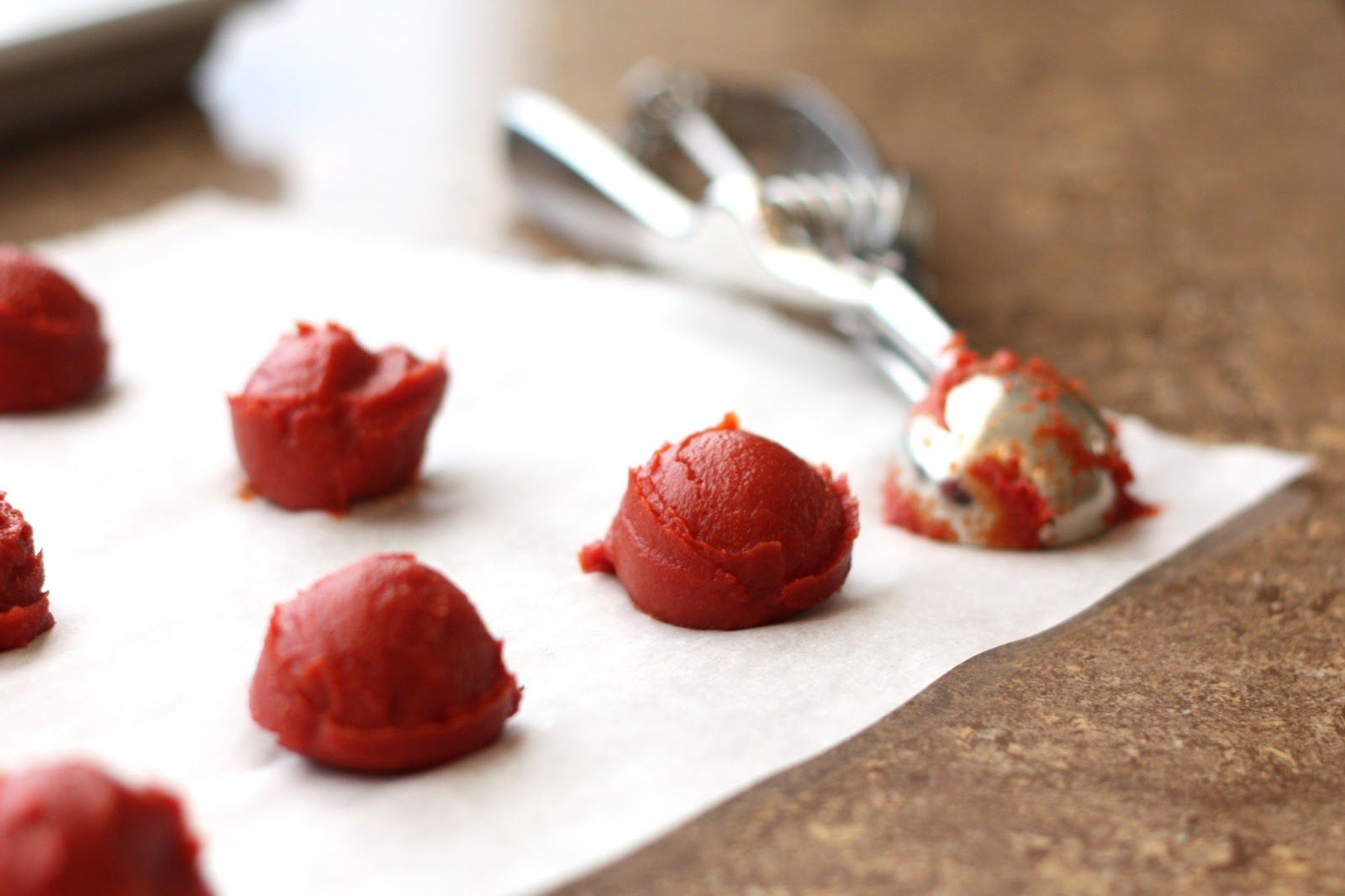

Articles
How To Store Leftover Tomato Paste
Modified: February 24, 2024
Learn effective methods for storing leftover tomato paste in this informative article. Discover tips and tricks to keep your tomato paste fresh and ready to use for future recipes.
(Many of the links in this article redirect to a specific reviewed product. Your purchase of these products through affiliate links helps to generate commission for Storables.com, at no extra cost. Learn more)
Introduction
Tomato paste is a versatile ingredient that adds depth and flavor to a wide range of dishes. Whether you’re making a rich tomato sauce, a hearty stew, or a delicious homemade pizza, tomato paste often plays a crucial role in achieving that perfect balance of taste. However, it is not uncommon to find yourself with leftover tomato paste after using just a portion of the can. The question then arises: how do you store leftover tomato paste to ensure it remains fresh and ready for future culinary adventures?
In this article, we will explore the best methods for storing leftover tomato paste, including proper storage containers, freezing techniques, refrigeration guidelines, and even some creative tips for portion control. By following these recommendations, you can extend the shelf life of your tomato paste and minimize food waste.
Key Takeaways:
- Store leftover tomato paste in airtight containers or freezer bags, labeled with the date, to maintain freshness and minimize waste. Freezing in ice cube trays allows for easy portion control and extended shelf life.
- Reuse original tomato paste containers after cleaning and sterilizing for an eco-friendly storage option. Follow proper hygiene, temperature control, and rotation to maximize tomato paste shelf life.
Read more: How To Store Tomato Paste
Proper Storage Containers
When it comes to storing leftover tomato paste, choosing the right container is essential to maintain its freshness and prevent any unwanted flavors or odors from seeping in. Here are a few options for proper storage containers:
- Glass Jars: Glass jars are an excellent choice for storing tomato paste. Make sure to choose jars with airtight lids to keep the tomato paste well-sealed and protected from air and moisture. Mason jars or recycled glass jars from other food products work well for this purpose. Remember to clean and sterilize the jar before using it.
- Plastic Containers: If using glass jars is not your preference, plastic containers with tight-fitting lids are a suitable alternative. Look for containers made from food-grade plastic as they are safe for storing food items. Choose containers that are the appropriate size for your leftover tomato paste to minimize air exposure.
- Zip-Top Bags: Zip-top bags are a convenient option for storing smaller portions of tomato paste. Squeeze out the excess air before sealing the bag to prevent freezer burn. Consider using freezer-grade bags to ensure the best protection against air and moisture.
Remember to label your containers with the date of storage. This will help you keep track of how long the tomato paste has been stored and ensure you use it within a reasonable timeframe.
Freezing Leftover Tomato Paste
If you have a significant amount of leftover tomato paste and do not plan to use it within the next few days, freezing is an excellent option to preserve its freshness. Here’s how you can freeze leftover tomato paste:
- Divide into Portions: Before freezing, divide the tomato paste into smaller portions. This will make it easier to defrost and use only the amount you need without thawing the entire container.
- Ice Cube Tray Method: One convenient way to portion and freeze tomato paste is by using an ice cube tray. Simply fill each section of the tray with a tablespoon or two of tomato paste and place it in the freezer. Once frozen, transfer the tomato paste cubes to a sealed freezer bag or container. This method allows you to easily take out individual cubes as needed.
- Freezer Bags or Containers: Another option is to scoop the desired amount of tomato paste into a zip-top bag or a freezer-safe container. Lay the bag flat and remove any excess air before sealing. For containers, leave some headspace to allow for expansion during freezing.
- Label and Date: Don’t forget to label your frozen tomato paste with the date of storage. This will help you keep track of its freshness and ensure it is used within a reasonable time frame.
When it’s time to use the frozen tomato paste, simply thaw it in the refrigerator overnight or on low heat in a saucepan. Thawed tomato paste may lose some of its vibrant red color and have a slightly altered texture, but it will still work well in most recipes.
Properly stored in the freezer, tomato paste can maintain its quality and flavor for up to three months.
Refrigerating Leftover Tomato Paste
If you plan to use your leftover tomato paste within a few days, refrigeration is the ideal method for storage. Here’s how to refrigerate your tomato paste:
- Transfer to an Airtight Container: Once opened, transfer the remaining tomato paste from the can into an airtight container. Ensure that the container is clean and dry to prevent any contamination.
- Smooth the Surface: Use a spoon or spatula to smooth the surface of the tomato paste in the container. This helps to remove any air pockets, which can lead to spoilage.
- Seal and Store: Secure the lid tightly on the container to create an airtight seal. Place the container in the refrigerator, preferably on a shelf rather than the door, to maintain a consistent temperature.
Refrigerated tomato paste can generally last for about 5-7 days, but it’s essential to keep an eye on its appearance and smell. If you notice any signs of mold, fermentation, or an off-putting odor, it’s best to discard it.
When you’re ready to use the refrigerated tomato paste, scoop out the desired amount with a clean utensil. Remember to put the lid back on tightly and promptly return it to the refrigerator to maintain its freshness.
By properly refrigerating your leftover tomato paste, you can extend its shelf life and ensure that it remains safe for consumption.
Store leftover tomato paste in an airtight container in the refrigerator. To prevent waste, consider freezing small portions in an ice cube tray for easy use in future recipes.
Using Ice Cube Trays for Portion Control
If you want to have precise portion control and easy access to smaller amounts of tomato paste, using ice cube trays can be a game-changer. Here’s how you can utilize ice cube trays for storing and portioning leftover tomato paste:
- Prepare the Ice Cube Trays: Ensure that the ice cube tray is clean and dry. If you want to prevent the tomato paste from sticking to the tray, you can lightly coat each compartment with cooking spray or olive oil.
- Portion the Tomato Paste: Using a spoon or a small measuring scoop, fill each compartment of the ice cube tray with the desired amount of tomato paste. Aim for about one or two tablespoons per compartment.
- Smooth and Level: Use the back of the spoon or a spatula to smooth and level the tomato paste in each compartment. This will create uniform portions and help prevent any air pockets.
- Freeze: Place the ice cube tray in the freezer and allow the tomato paste to freeze completely. This usually takes a few hours or overnight.
- Transfer to Freezer Bag or Container: Once the tomato paste cubes are frozen solid, carefully remove them from the ice cube tray. Transfer the cubes to a labeled freezer bag or container.
- Enjoy Portion-Controlled Tomato Paste: Now, you have conveniently portioned tomato paste cubes that you can easily take out as needed. Each cube is approximately one or two tablespoons, making it effortless to add just the right amount to your recipes.
Using ice cube trays not only allows for portion control but also helps prevent food waste. You can take out only the exact amount of tomato paste required for your recipe, leaving the rest safely stored in the freezer.
Remember to tightly seal the freezer bag or container to protect the tomato paste from freezer burn and odors. Properly stored in the freezer, the tomato paste cubes can retain their quality for up to three months.
Read more: How To Store Tomato Paste In The Fridge
Reusing Tomato Paste Containers
If you’re looking for a sustainable and cost-effective option for storing leftover tomato paste, consider reusing the original tomato paste container. Here are some tips to help you reuse tomato paste containers:
- Clean and Sterilize: Before reusing the container, make sure to thoroughly clean and sterilize it. Wash the container with warm, soapy water, rinse it well, and allow it to dry completely. Sterilize the container by placing it in boiling water for a few minutes or running it through a dishwasher cycle.
- Remove Old Labels: If there are any old labels or adhesive residue on the container, remove them by soaking the container in warm, soapy water or using a sticker remover. Ensure that the container is clean and free from any previous labeling.
- Portion and Store: Once the container is clean and dry, transfer your leftover tomato paste into it. Smooth the surface of the paste with a spoon to remove any air pockets. Seal the container tightly to prevent air and moisture from entering, and store it in the refrigerator or freezer based on your intended storage duration.
- Label and Date: Remember to label the container with the contents and the date of storage. This will help you keep track of the freshness and ensure that you use the tomato paste within a reasonable timeframe.
Reusing tomato paste containers is not only eco-friendly but also helps you save money by avoiding the need to purchase additional storage containers. Just make sure that the container is in good condition and properly sealed to maintain the quality of the tomato paste.
It’s important to note that if the tomato paste has been stored in the original can and you’re reusing the container for another purpose, it’s essential to transfer the tomato paste to a new container. The acid in the tomato can interact with the metal of the can, potentially affecting the taste and safety of the stored tomato paste.
Tips for Extending the Shelf Life of Tomato Paste
To maximize the shelf life of your tomato paste and ensure its quality and freshness, consider the following tips:
- Proper Storage: Store unopened cans of tomato paste in a cool, dry place, away from direct sunlight and heat sources. Once opened, transfer any unused tomato paste to airtight containers for refrigeration or freezing.
- Hygiene and Cleanliness: When working with tomato paste, use clean utensils, spoons, or scoops to prevent any contamination. Make sure to seal the containers tightly to minimize exposure to air and moisture.
- Temperature Control: Maintain a consistent temperature in your refrigerator and freezer to prevent fluctuations that can affect the quality of the tomato paste. Avoid storing tomato paste in the refrigerator door, as it is exposed to temperature changes each time the door is opened.
- Avoid Cross-Contamination: To prevent the growth of bacteria, never use the same spoon or utensil for both raw and cooked foods when handling tomato paste. Wash utensils thoroughly between uses or use separate ones.
- Monitor Expiration Dates: Check the expiration dates on the cans of tomato paste before purchasing and using them. Use the oldest cans first to ensure you’re consuming the tomato paste within its recommended timeframe.
- Quality Check: Before using any stored tomato paste, inspect it for any signs of spoilage such as mold growth, off-putting odor, or unusual texture. If you notice any abnormalities, it’s best to discard the tomato paste.
- Rotate Stock: If you frequently use tomato paste, consider implementing a “first in, first out” system. Use the oldest containers first to minimize the chances of any tomato paste going bad due to prolonged storage.
- Avoid Freezer Burn: To minimize the risk of freezer burn, ensure that the tomato paste is properly packaged, with excess air removed from the containers or bags. Consider using freezer-grade containers or bags for better protection against freezer burn.
- Use Frozen Tomato Paste within Three Months: While frozen tomato paste can retain its quality for up to three months, it’s best to use it within this timeframe to fully enjoy its flavor and consistency.
By following these tips, you can prolong the shelf life of your tomato paste and minimize food waste.
Conclusion
Properly storing leftover tomato paste is essential to maximize its shelf life and ensure that it remains fresh and flavorful for future use. Whether you choose to freeze it, refrigerate it, or reuse the original container, there are plenty of methods to keep your tomato paste in excellent condition.
Using proper storage containers, such as glass jars or plastic containers with airtight lids, will help seal in the freshness and protect the tomato paste from air and moisture. Dividing the tomato paste into smaller portions and freezing them in ice cube trays or freezer bags allows for easy portion control and convenient access when needed.
Refrigeration is an ideal option if you plan to use the leftover tomato paste within a few days. Transfer it to an airtight container, smoothing the surface to remove air pockets before sealing tightly and placing it in the refrigerator.
If you’re looking for an eco-friendly and cost-effective solution, reusing the original tomato paste container after proper cleaning and sterilization is a great option.
To extend the shelf life of tomato paste, ensure proper hygiene and cleanliness when handling it, maintain temperature control in your storage area, and regularly check for spoilage. Monitoring expiration dates, rotating stock, and avoiding cross-contamination also contribute to preserving the quality of the tomato paste.
By following these tips and methods, you can make the most of your leftover tomato paste, minimize food waste, and effortlessly incorporate this versatile ingredient into your future culinary creations.
So the next time you find yourself with leftover tomato paste, remember these storage techniques and get ready to add that delicious burst of tomato flavor to your favorite recipes with ease.
Frequently Asked Questions about How To Store Leftover Tomato Paste
Was this page helpful?
At Storables.com, we guarantee accurate and reliable information. Our content, validated by Expert Board Contributors, is crafted following stringent Editorial Policies. We're committed to providing you with well-researched, expert-backed insights for all your informational needs.
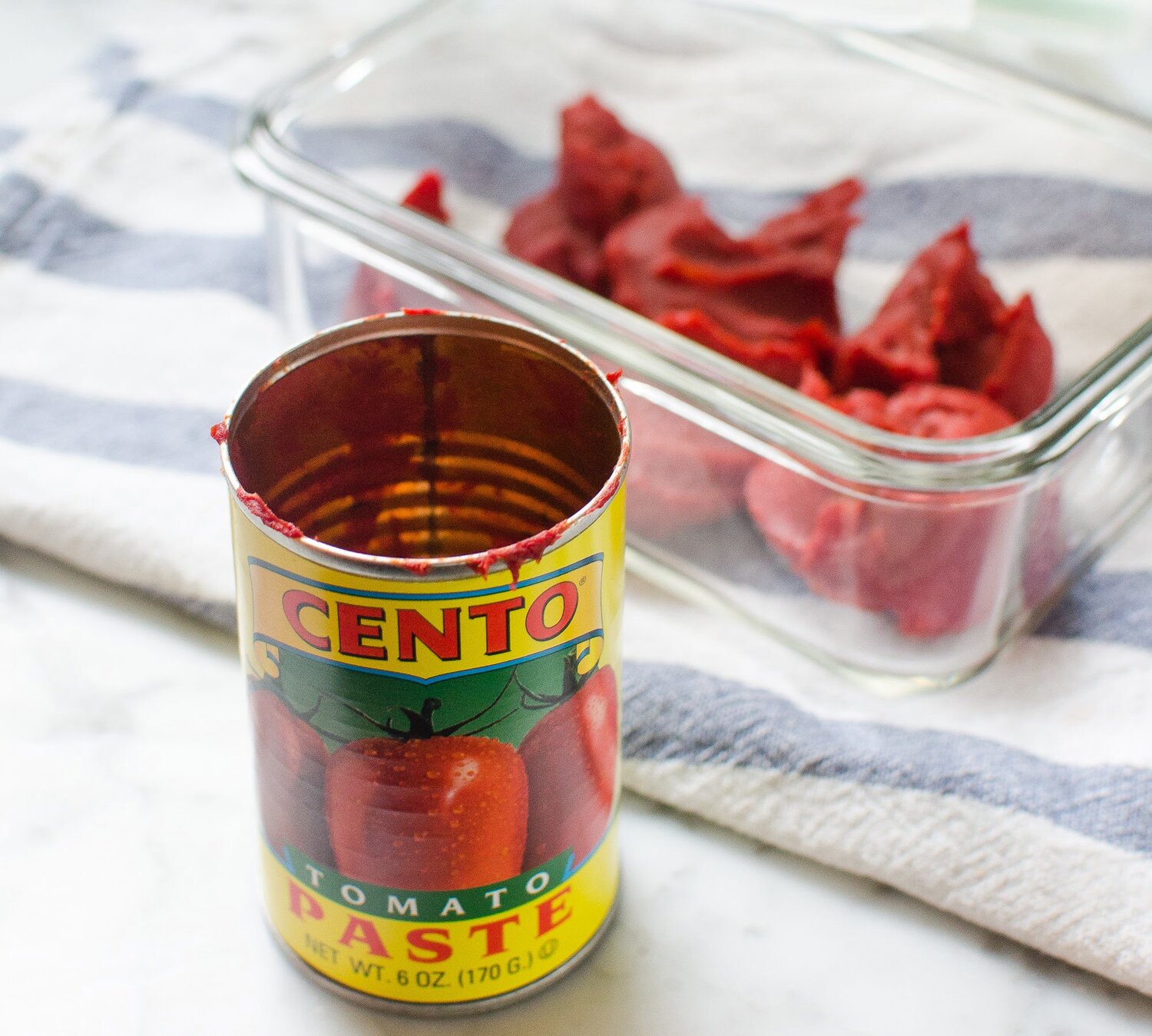
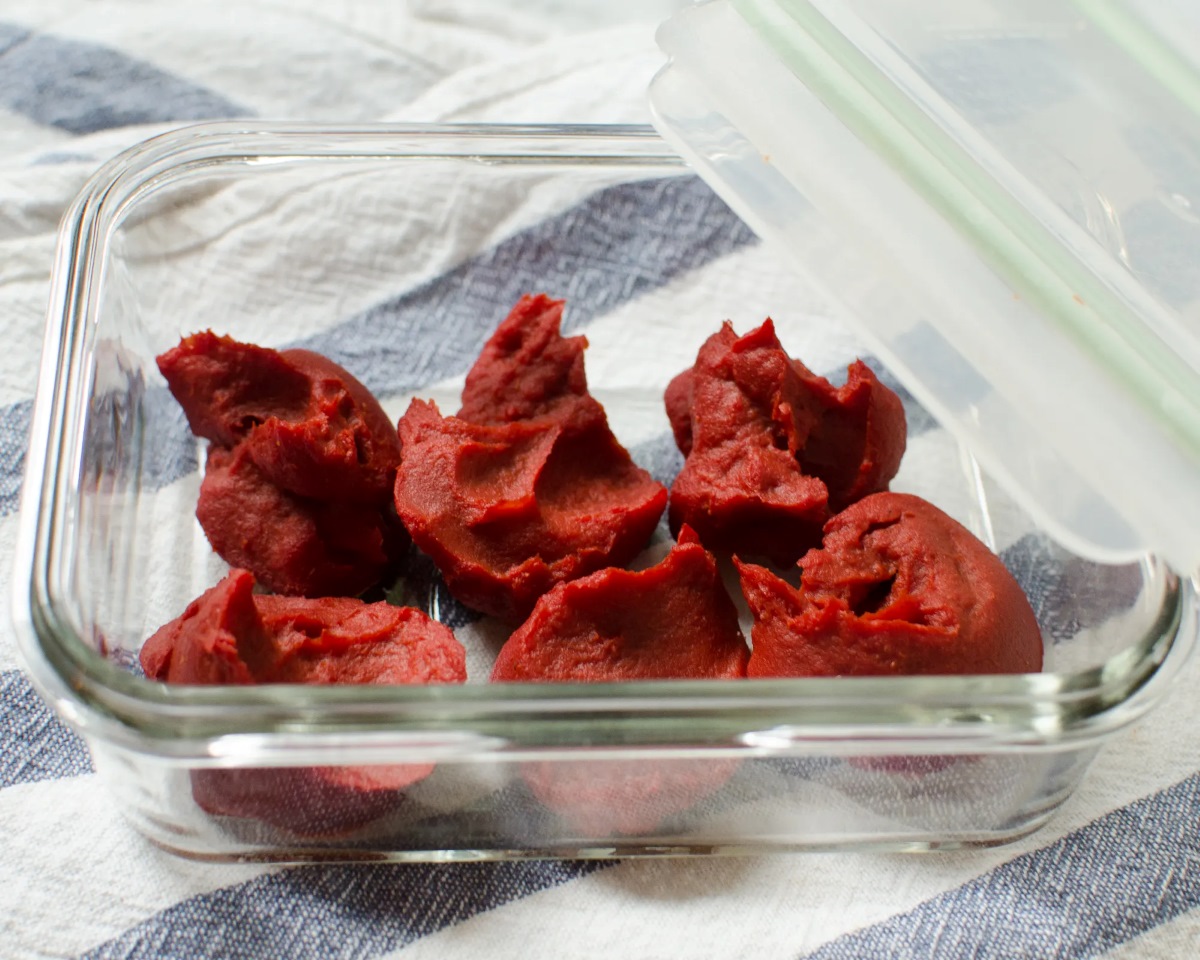

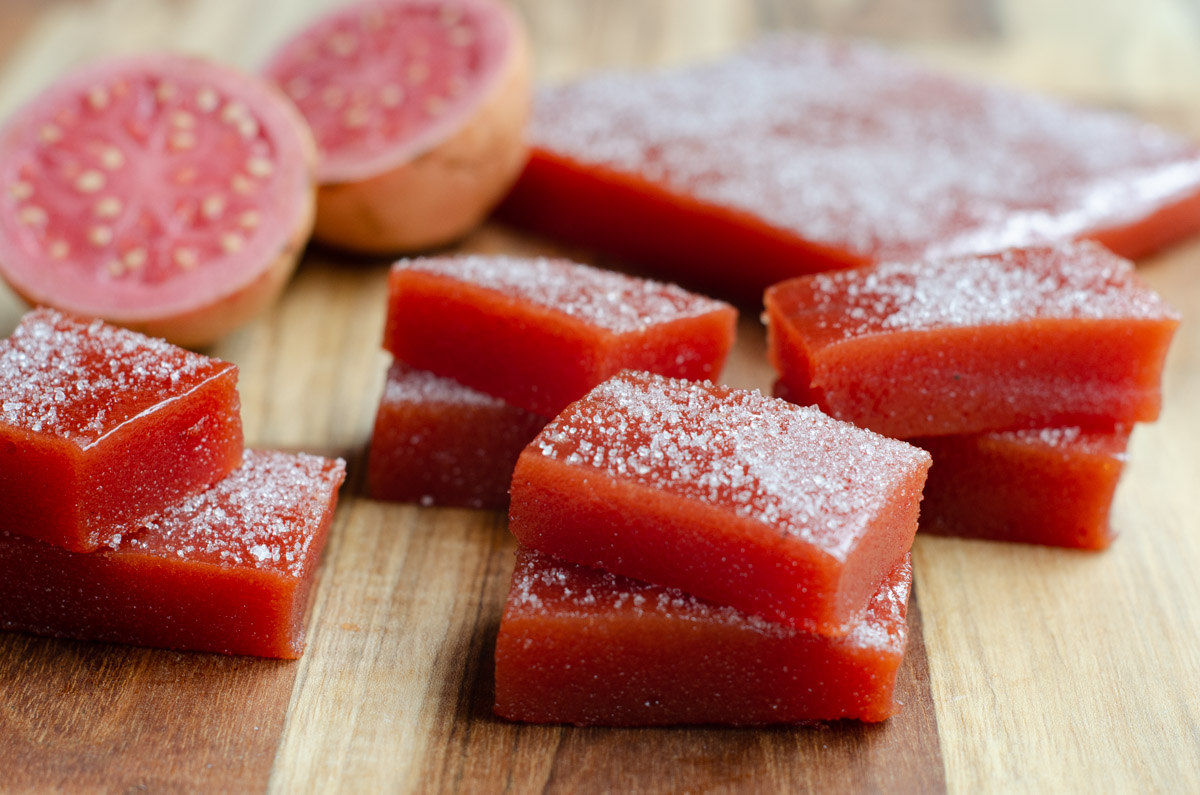

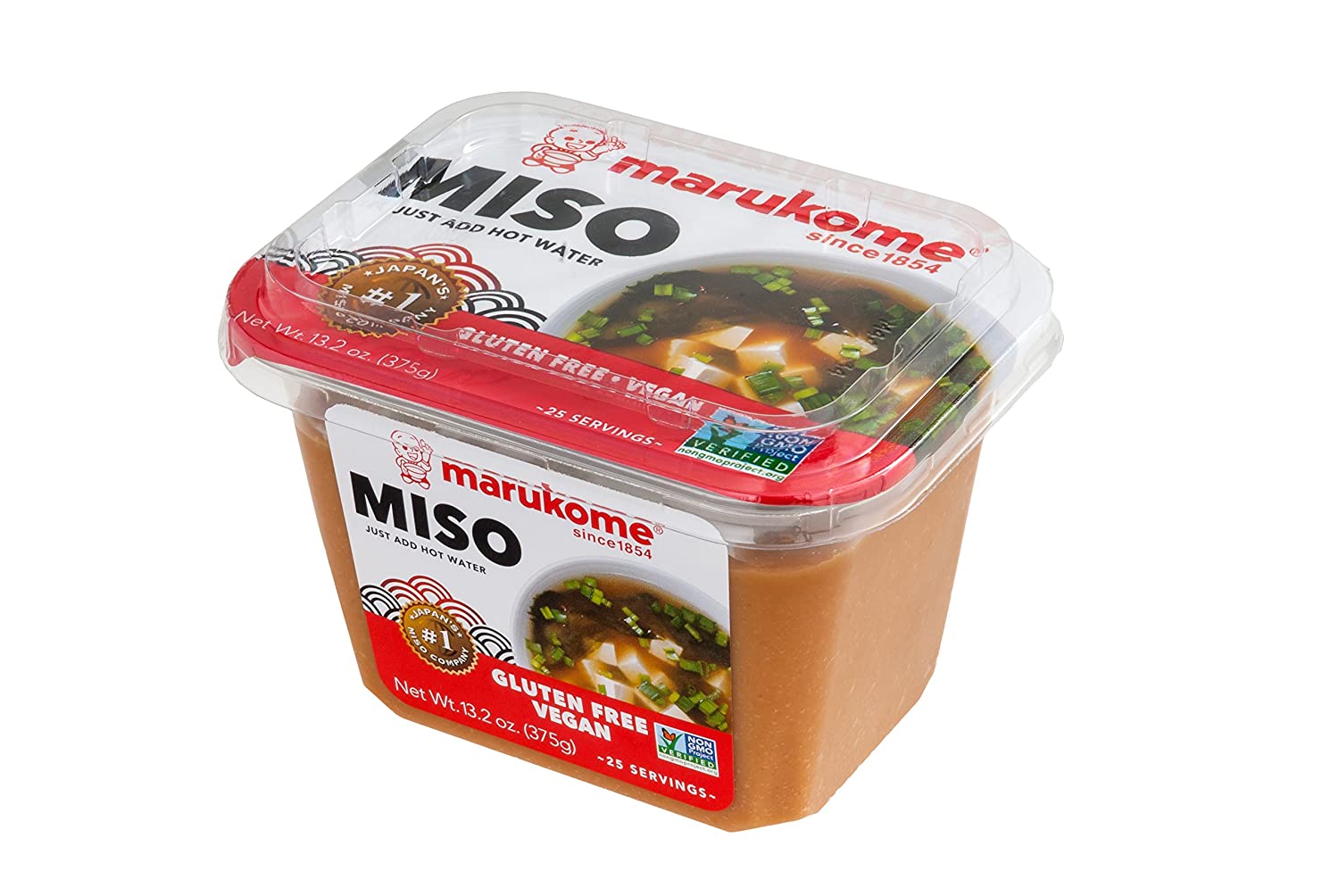
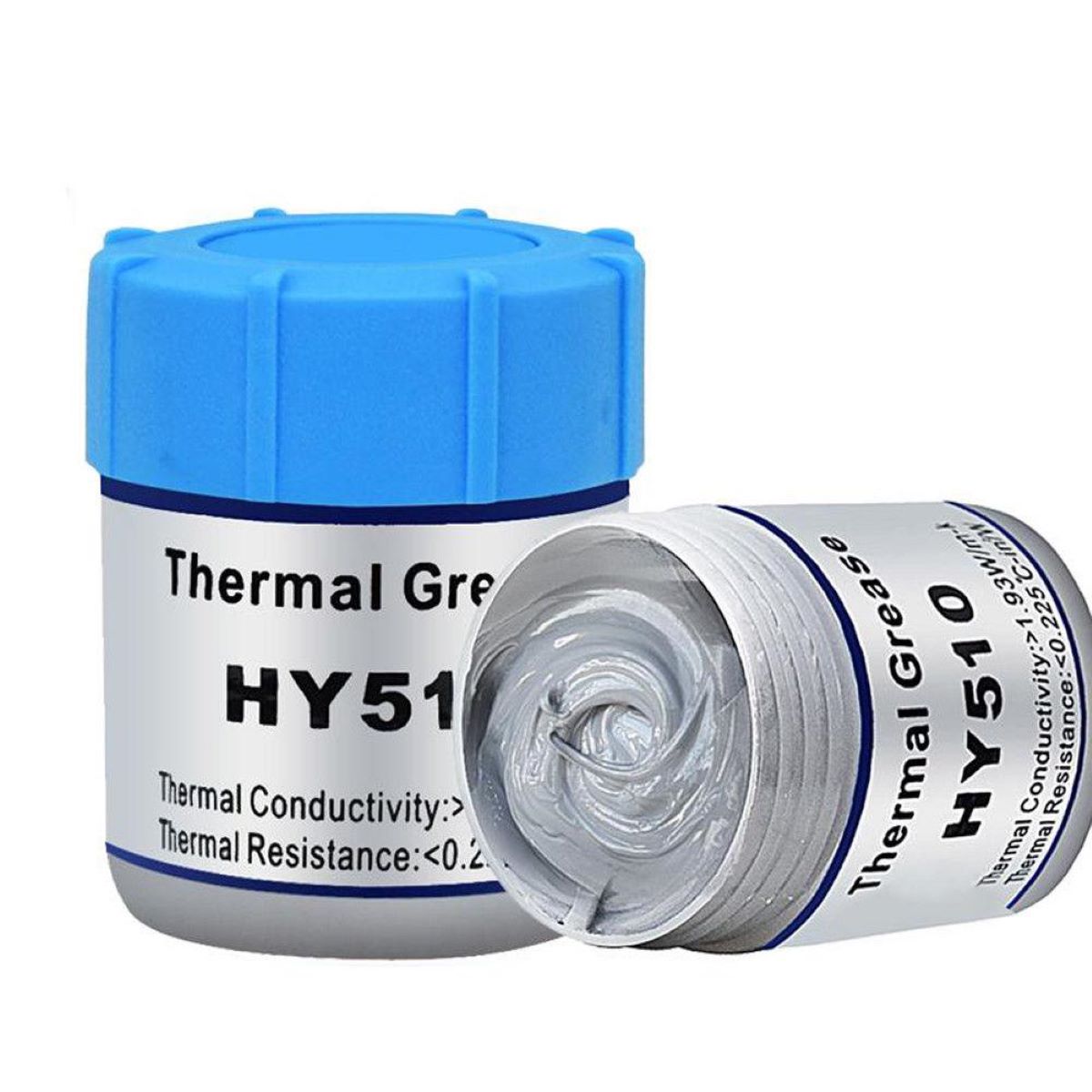
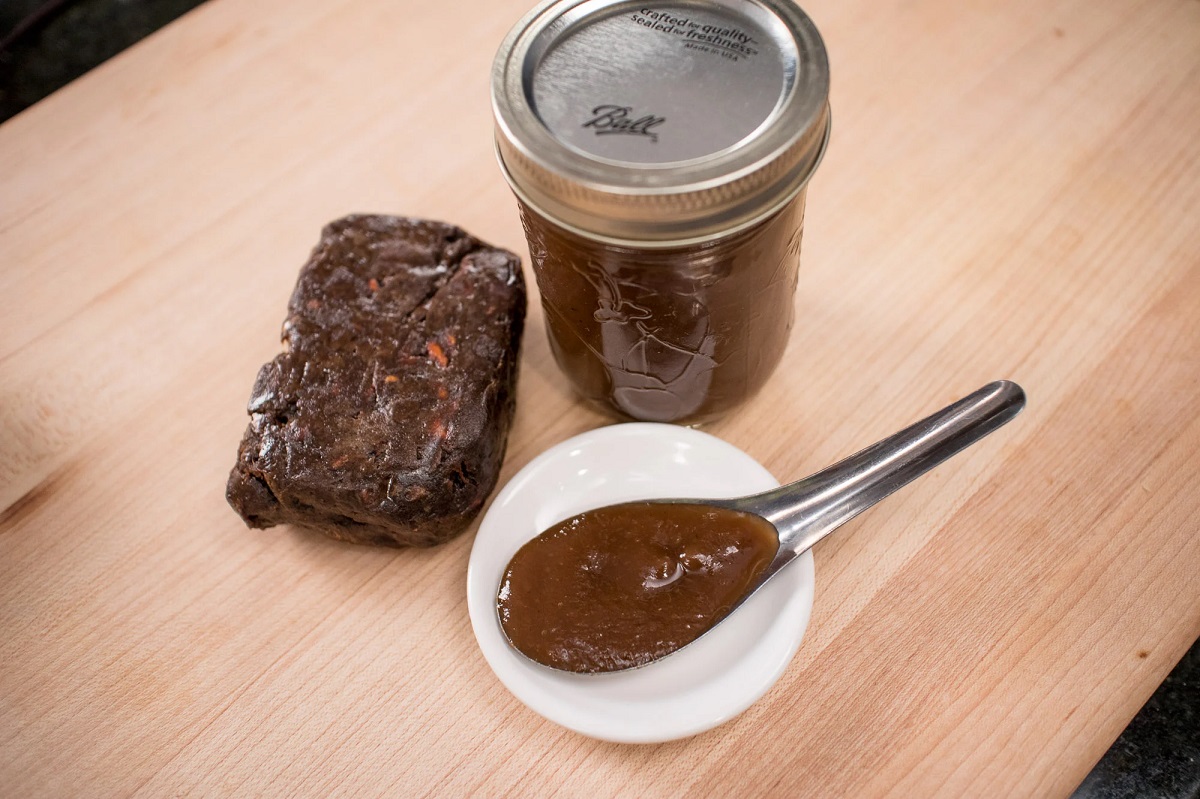
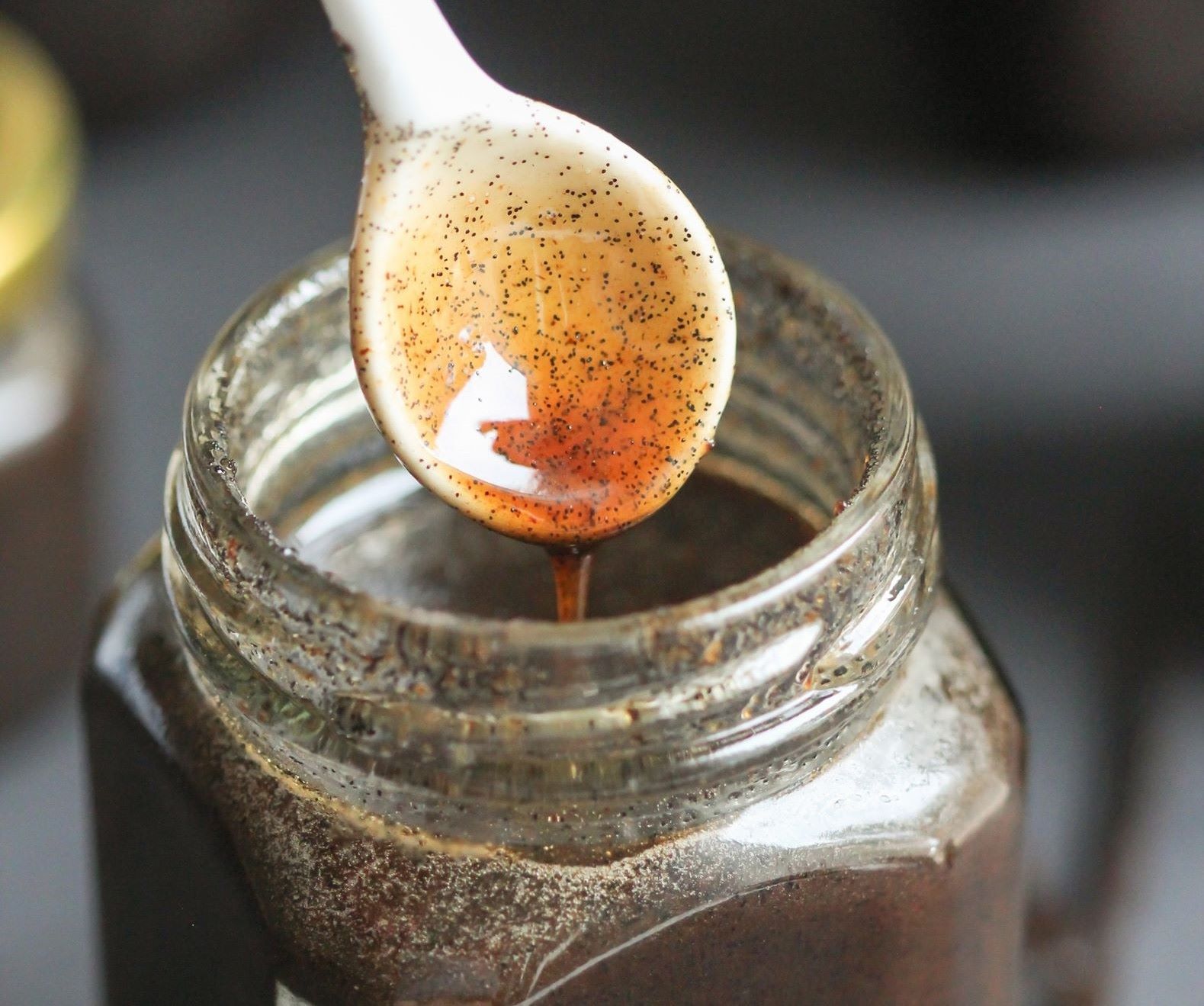


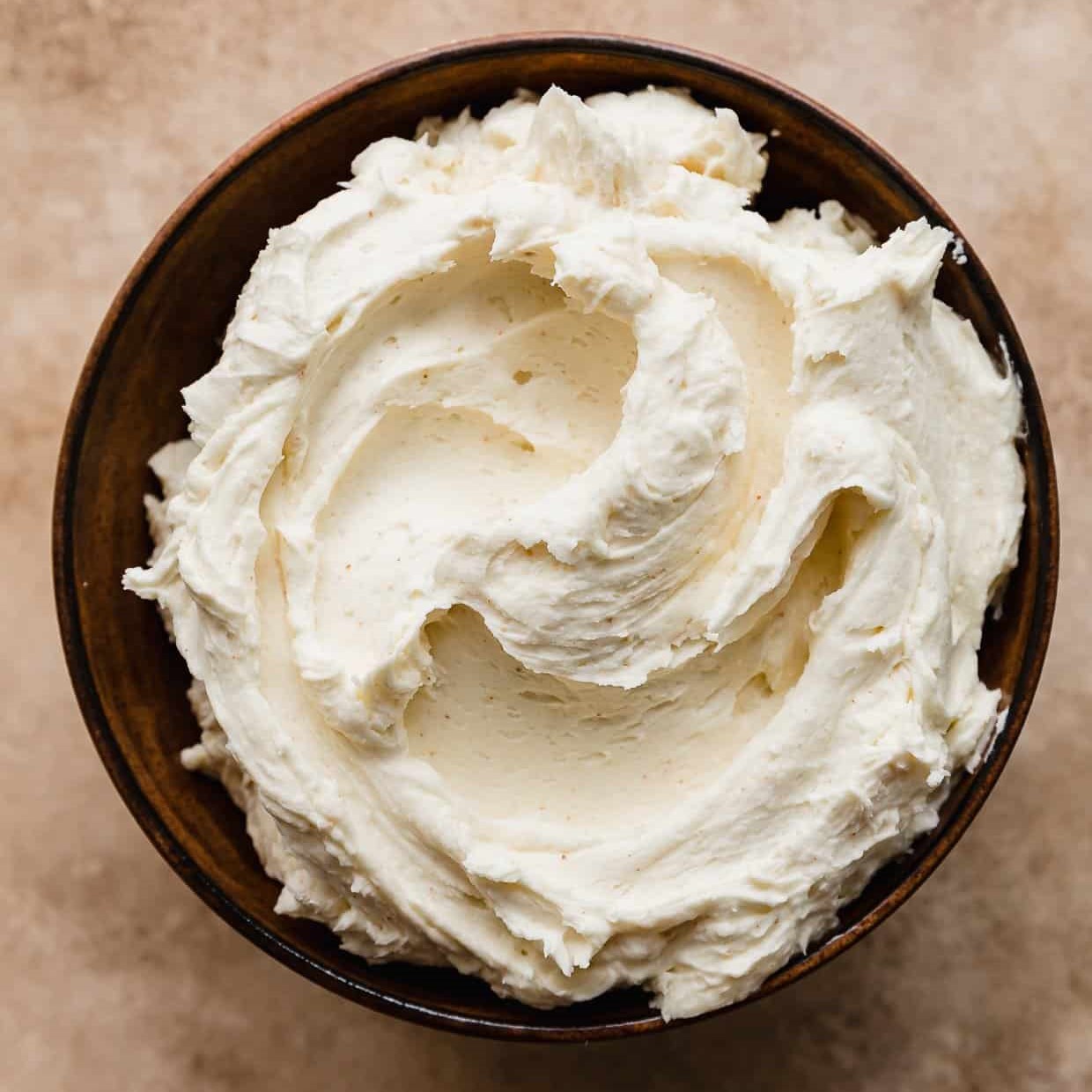



0 thoughts on “How To Store Leftover Tomato Paste”